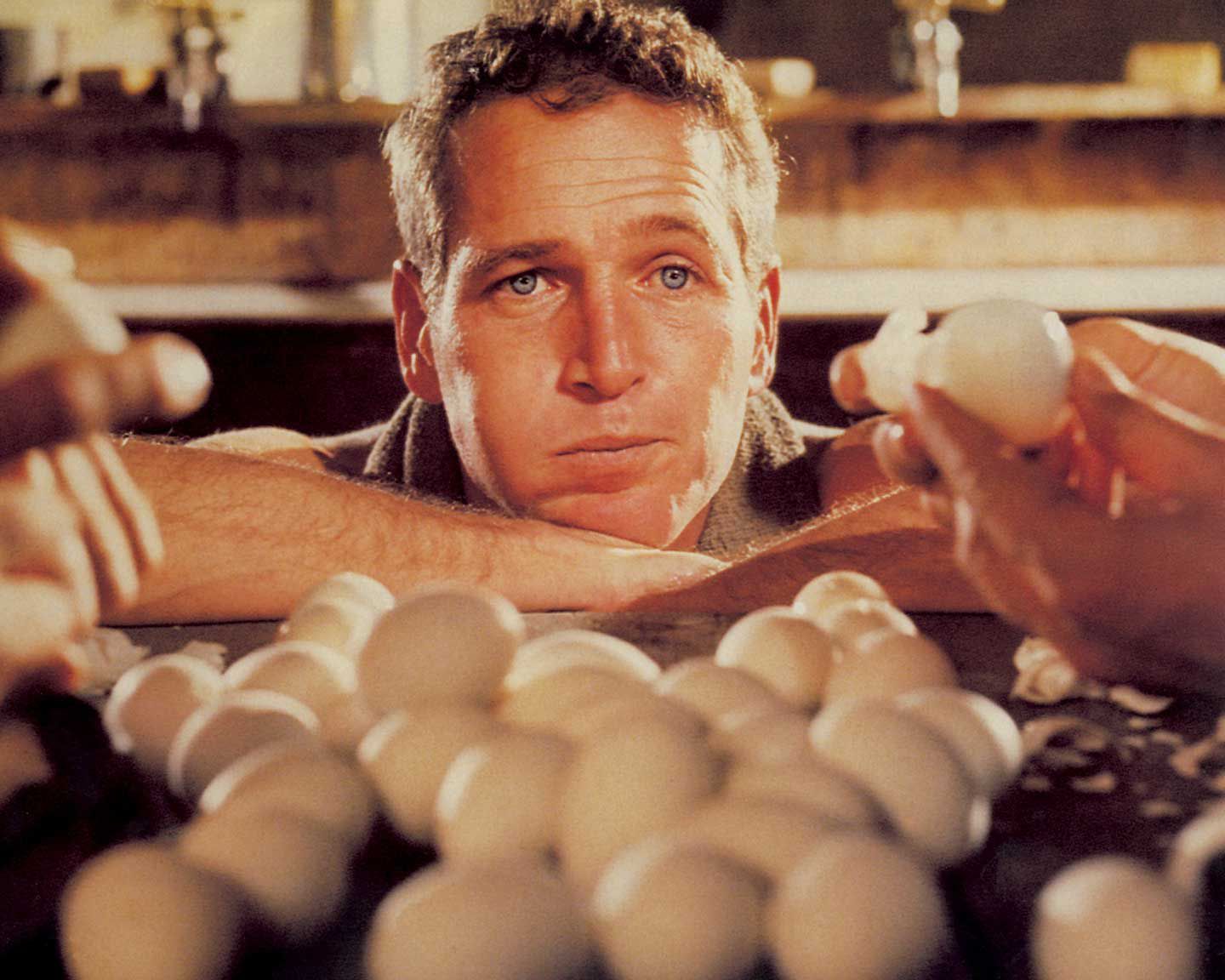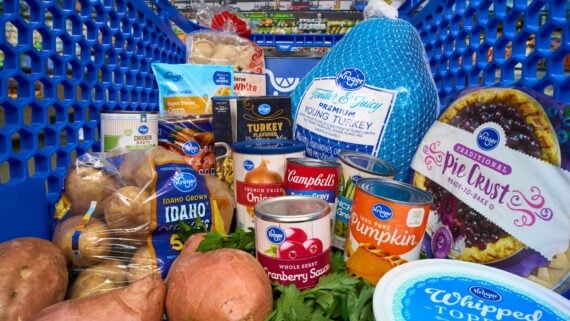The penny’s long, drawn-out goodbye has finally come to an end. After 238 years in circulation, the U.S. Mint pressed its last batch of one-cent coins on Nov. 12 — and consumers are already feeling the change.
President Donald Trump ordered the Mint to stop production earlier this year, calling the penny “wasteful” since each one costs nearly four cents to make. The decision officially shutters one of America’s oldest coins, once beloved for “penny candy” and souvenir machines, now mostly collecting dust in jars and junk drawers. But while saying goodbye might sound simple, stores are finding out the transition isn’t so smooth.
Rounding at the Register

Without new pennies entering circulation, some retailers are improvising. McDonald’s has begun rounding cash transactions to the nearest nickel — up or down — depending on the total. A $6.02 Big Mac now costs $6 even, while a $6.08 order rings up at $6.10. Debit and credit payments remain unaffected, but cash customers might notice small shifts in their totals.
Kroger, meanwhile, posted signs asking shoppers to bring exact change, as penny supplies dwindle in its Cincinnati and Dayton stores. The chain says it will still accept pennies but urges customers to help offset the shortage caused by the mint’s shutdown. Some Home Depot and Kwick Shop stores have also reported penny shortages.
What This Means for Consumers

At first glance, the end of the penny might seem like a minor inconvenience — or even overdue. But the transition is causing unexpected ripple effects.
A Federal Reserve study estimates rounding could cost consumers about $6 million a year nationwide. That works out to roughly five cents per household, but lower-income and cash-reliant shoppers could feel the pinch more acutely.
Retailers also face compliance headaches. SNAP (food assistance) rules require that recipients pay the exact amount owed, meaning stores that round prices could risk violating federal law. Grocery industry groups have already asked the USDA for emergency guidance to prevent penalties.
A Sentimental Send-Off

As news of the penny’s retirement spread, social media lit up with nostalgia, humor, and a touch of disbelief.
“1793–2025… almost 232 years of jingling in pockets, jars, and couch cushions. RIP penny,” wrote one Reddit user.
Another commenter pointed out the economic logic behind the move: “Compared to gold, a penny in 1920 is worth two dollars today. We don’t need such small fractions of value in physical form.”
Others took a longer view of history. “We canceled the half penny when it was worth 17 cents of today’s value,” one person noted. “You literally can’t buy anything for that now.”
Not everyone is mourning, though. “Honestly, the nickel should be gone too,” said another Redditor. “Just drop a decimal place.”
And while the internet found plenty of humor in the shift — “How do I check my tire tread without a penny?” one user joked — many agreed the end of the coin marks a real cultural shift.
Looking for similar content?

- How Much A Dozen Eggs Cost The Year You Were Born — Using data from the Bureau of Labor Statistics, we tracked the average price of a dozen eggs from 1940 to 1999.
- The 10 Worst Banks in America — How do you choose who gets your money? Take a look at the 10 worst banks in America, according to customer reviews.
- 10 Ways You’re Likely Wasting Money — and Will Regret It Later — If you’ve ever looked at your bank account and thought, Why did I buy that? — there’s probably a reason behind it.




